Hey, it’s Rory here. So many aspiring triathletes would love to hop into the water at their local gym or community pool. But they are scared to death by the thought of people judging them or getting in somebody’s way.
That ends today.
I’m going to teach you the etiquette rules of the lane and pool so you can hop in with confidence and start enjoying the water with the rest of us!
This Guide Will Help You Share A Swimming Lane If:
1. You swim slowly and are afraid you’ll get passed often
2. You are embarrassed about number 1 (you shouldn’t be)
3. You think people will get annoyed if you try to swim in their lane
4. You don’t know which side of the lane to swim on
5. You have no idea how to pass someone or be passed or when to push off
6. You’re scared people will judge you for all of the above or you will mess up their workout
7. You simply want to learn good pool & lane etiquette (you legend you!)
If you answered yes to any of those, let’s fix you up so you can get wet! Here’s what you will learn…
• Picking a Lane & Lane Speeds
• How To Get Into The Lane
• Lane Direction & Circle Swimming
• Turning In A Circling Lane
• Passing People In A Circling Lane
• Letting People Pass You In A Circling Lane
• Where To Rest At The End Of The Lane
• When To Push Off To Start A Length
• Other Good Things To Know
Let’s get started!
Picking a Lane & Choosing Your Speed
Almost every pool will require you to share a swimming lane. Some pools designate slow, medium, and fast lanes. If that’s the case, each lane will be demarcated with signs at each end of the pool. If this happens at your pool, simply pick the lane that’s appropriate to your swim speed and get in!
If the lanes are not demarcated, you’ll need to survey the pool for a minute.
Take a look at the people already swimming and find a lane with people who look like they are moving at your speed. Spend a minute or two on the deck. Who’s doing a long slow swim with no rest? Who’s doing short fast sprints with longer rest?
Use your best judgment in picking the lane most appropriate to your speed and the *set you are about to do.
*If you’re going to be kicking or doing drills, pick a slower lane!
When in doubt start in a slower lane. Leave your ego in the locker room if you need to 🙂
Once you’re in; if you are getting passed regularly, then as a courtesy to the other swimmers you will want to move down to a slower lane. Similarly, if you are consistently passing everyone in your lane you will want to move to a faster lane.
If you are swimming in the fastest lane and you are still consistently passing everyone, time your push offs so you have the the least amount of conflict/passing to do.
Key Takeaway
Use your best judgment in picking the lane most appropriate to your speed and the set you are about to do. When in doubt start in a slower lane.
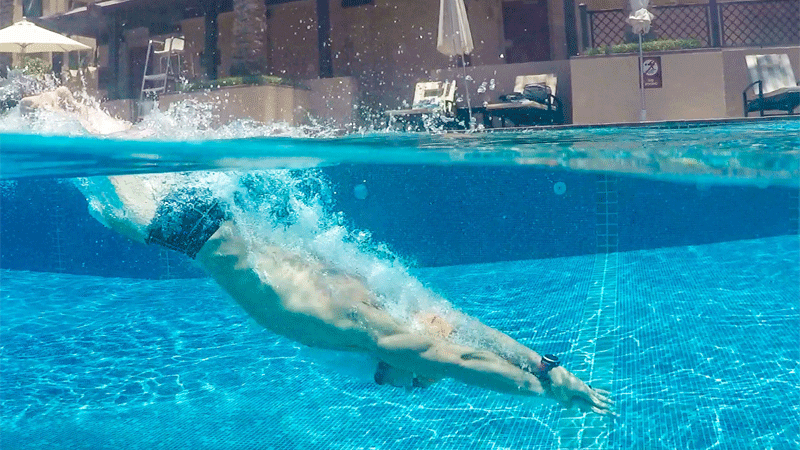
How To Join A Busy Lane
When joining a lane, it’s always a good idea to make sure that other swimmers are aware you are there.
To do this you can wait until they stop at the wall for a rest and are able to acknowledge that you are joining the lane.
But what do you do if they are not stopping to rest?
I like to sit down on the side of the deck and let my feet dangle in the water on one side of the lane while they turn. They will usually see your feet and know you intend to join!
Watch the lane for a minute, then time your jump into the water so that it causes no obstruction to the swimmers already in the water. They shouldn’t have to stop or slow down because you are joining the lane.
Key Takeaway
Make sure the swimmers in the lane you are joining are aware you are getting in. Whether they stop or not, give them a heads up the party in the lane is +1.
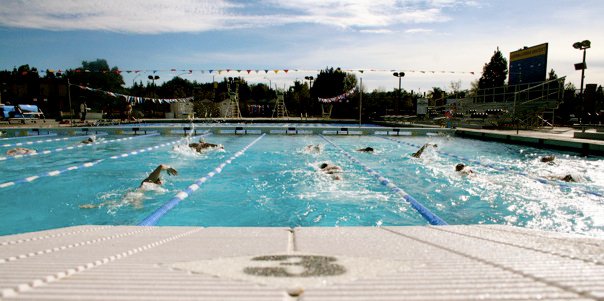
How To Circle Swim & Figuring Out The Lane Flow
Circle swimming is how we avoid collision’s in the lanes. To circle swim, you will simply swim up one side of the line and back down the other.
Some pools will post the directions for circle swimming, but many don’t. If there are no directions posted at your pool, here’s what you do:
1. If there are 3 or more people circle swimming in the lane, note the direction they are circling before you jump in and follow their lead.
2. If there is no one in the lane or only one other swimmer and there are no directions posted, you have two options.

a. | Jump in and start to swim on the side of the lane that you would drive on in your county. If you drive on the left side of the road in your county then you will always keep your left side closest to the lane line. If you drive on the right side of the road in your country, then you will keep the lane line on your right side.
b. | Alternatively, it is usually* ok to split the lane. This means you stick to one side while they stick to the other. This works at most pools provided you are aware that you will need to circle should someone else want to join.
*Some pools require you to circle swim at all times regardless of the number of people in the lane – you will know if this is the case because the rules will be posted.
Turning In A Circling Lane
To turn at the wall you’ll want to cut across to the opposite side of the lane just before you get to the approaching wall for your turn. This way you don’t risk pushing off in the wrong direction and getting in someone’s way.
Passing People In A Circling Lane
We always pass in the middle of the pool. Swim up and down the outside of your lane and move to the middle to pass when it is clear up ahead.
Always make sure you have enough time to pass the slower swimmer well before the wall.
Passing mid pool requires some skill and awareness of:
• How fast you are swimming
• How fast the swimmer you are overtaking is going
• If there are any other swimmers approaching in the opposite direction
• How far away the wall approaching wall is.
If you don’t feel comfortable passing mid pool, wait for the person ahead of you to let you past at the wall (see the next point).
Letting People Pass You In A Circling Lane
If you are getting passed mid pool, try to stay as close to the lane line as you comfortably can. You don’t need to wreck your stroke or stop swimming – you have every right to be in the pool. You don’t need to ruin your swim just so they can pass you, you just want to make it easy for them to pass.
No need to slow down to allow them to pass either. Do not speed up or try to race them though! The longer they spend overtaking you the more dangerous the passing becomes. I’ve seen split lips and eyebrows, broken noses and dislocated fingers happen in passing accidents gone wrong!
If a swimmer is sitting uncomfortably close behind you or touching your feet as you move down the pool, allow them to pass by stopping at the next wall. Stop just long enough for them to go ahead of you.
You’ll want to stop on the same side of the lane as you were swimming on. The swimmer behind you should cut across to the other side to turn. You can then push off immediately behind them.
Key Takeaway
Above all else, be aware of what other people in your lane are doing. If you are in the correct lane, you have every right to be in the water, sharing the space. Just keep in mind you are sharing the space.
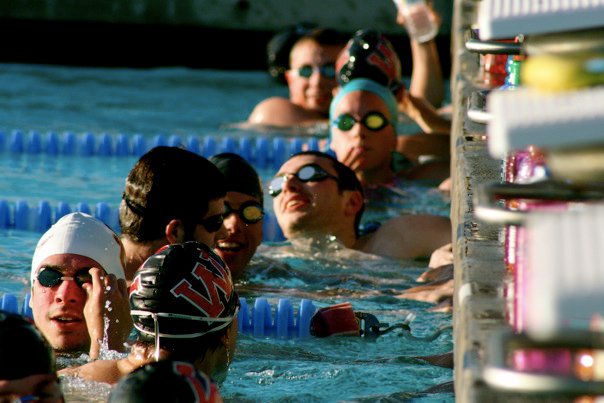
Where To Stand When You Rest
If you are going to rest at the end of the lane between repeats (there’s nothing wrong with that at all) don’t stand in the middle of the lane. Rest against the wall in the corner of the lane that you were swimming on when you ended that length.
This will allow the swimmers that are turning to cut across to the other side of the lane and push off without hitting you or having their swim interrupted.
If there is already someone resting against the wall on the side you’ve just swum on, line up behind them against the lane line. Just like the red dots in the below picture.

Key Takeaway
When you’re resting, get out of the way!
How To Time Your Push Off
Once you are done resting on the wall, time your push off so that it causes the least amount of obstruction/conflict to other swimmers. Do not push off the wall immediately before or after another swimmer. Drafting/tailgating isn’t good manners unless you have an agreement with the swimmer you are drafting off!
Other Good Things To Know
Don’t stop in the middle of the pool and stand up or hang on the lane line. Stop at the wall unless it’s an emergency!
Don’t swim like you’re at the start of a triathlon. Do NOT swim over or under other swimmers, it’s dangerous. It’s rude. And embarrassing.
Don’t draft/tailgate. And don’t touch people’s feet more than once to let them know your intention to pass.
Key Takeaway
If you’re unsure, just ask. You could possibly make a friend by simply asking them if I can join their lane. Next thing you know you’re working out with someone and you can push each other.
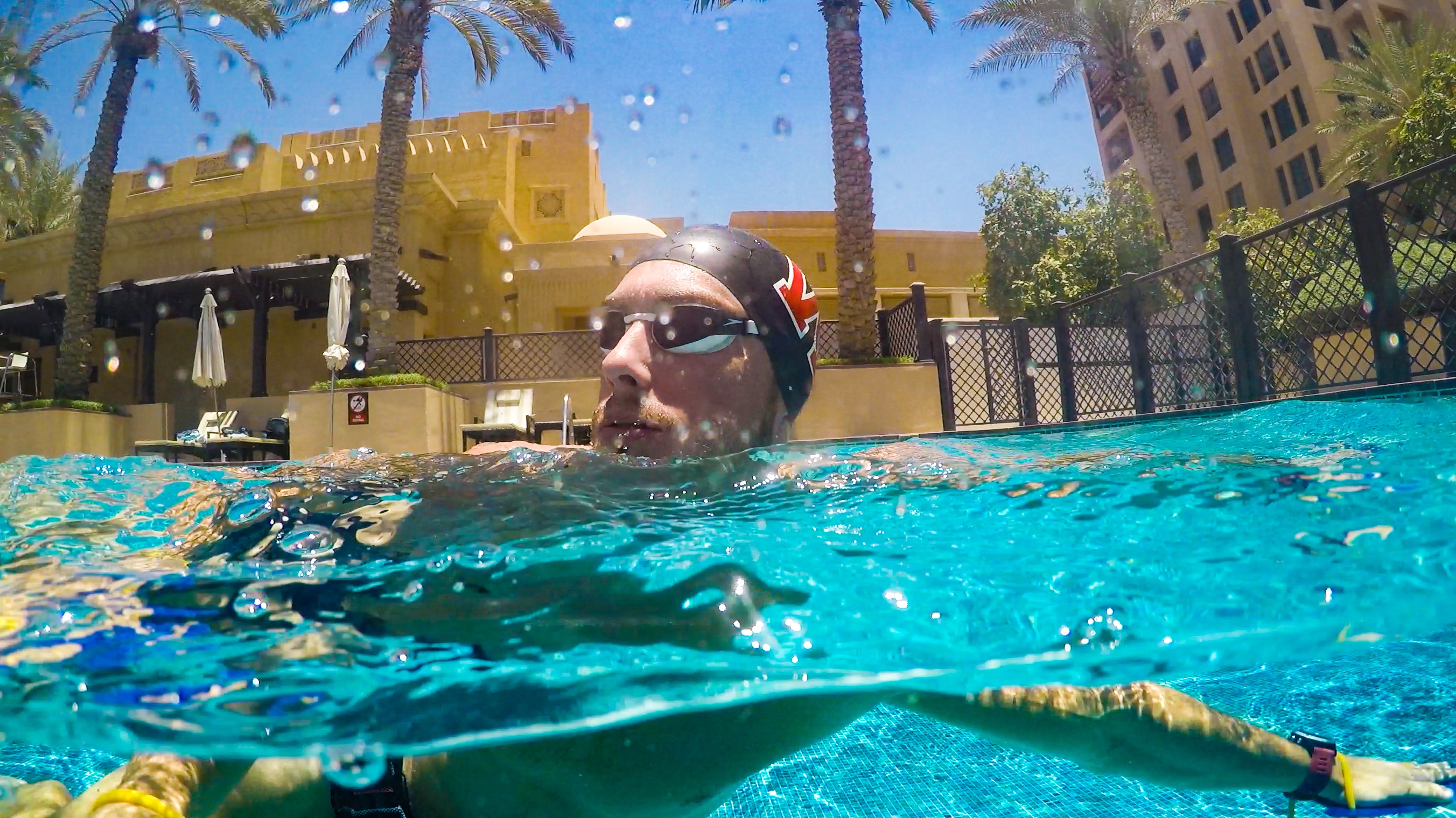
And Finally…
If you’ve read this far and taken it all in and you still feel like people will judge you, know this…
You have every right to be at the pool and to swim up and down the lane as any one else!
Myself and a majority of other competent swimmers and coaches have more respect for the newbie struggling to learn this beautiful sport than competent swimmers half-assing their way through a main set!
Key Takeaway
Welcome to the sport – now get in, start sharing the swimming line you want, conquer it with confidence and get faster!
💁🏽♂️ Feeling Overwhelmed? Can I Help?
If you’re struggling to get comfortable sharing a swimming lane with other people, leave me a comment below. I’d be happy to help you out.
~ Rory
Download your copy of this post as a PDF, keep it handy and refer back to it whenever you need.

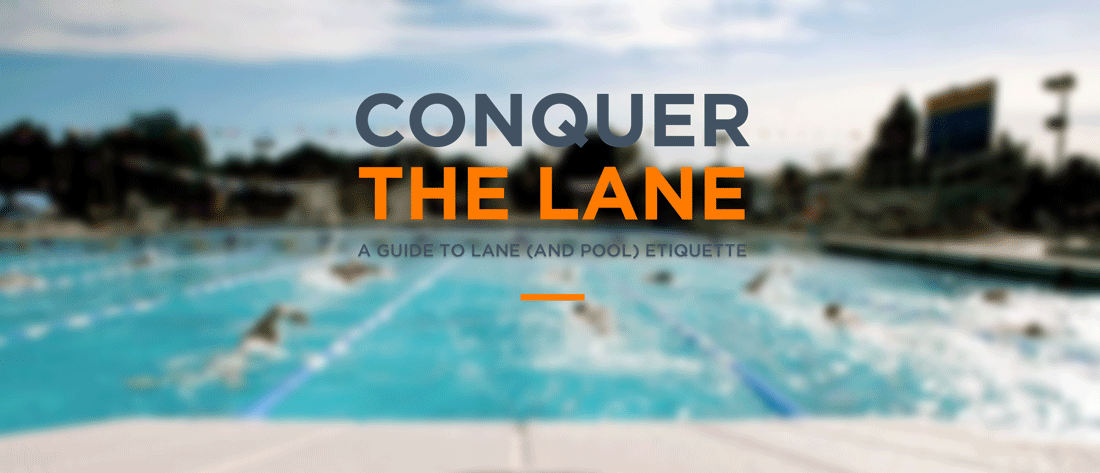


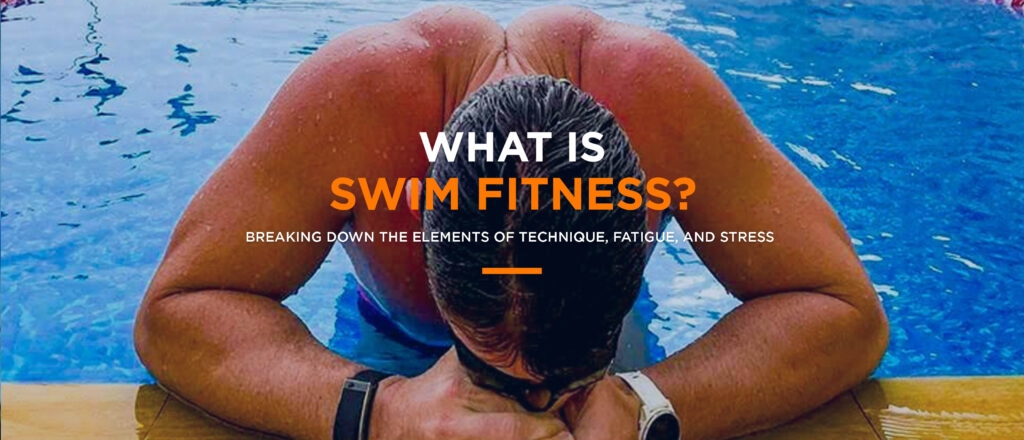

2 thoughts on “How To Share A Swimming Lane”
Hey Rory, I am a lifeguard at a small, 3 lane indoor pool. We have no lane share signs posted. We incourage lane sharing but some of our guests will start arguing with the other swimmer’s who want to share the lane. We are planning on posting a lane share etiquette sign on the wall and signs on the deck at the end of the lanes. Oddly enough most of our swimmer’s are seniors citizens and they are the ones who do not want to share. The younger ones are ok. What can we do to make this transition go as smoothly as possible? Oh, also our two outside lanes are wide enough to share but the center is not. Thank you for any assistance that you maybe able to share.
Richard, did you ever figure out something to smooth the transition? We find ourselves in a similar situation with needing to post signage for the first time and having mostly senior citizen swimmers. Just wondering if we can learn from your efforts!